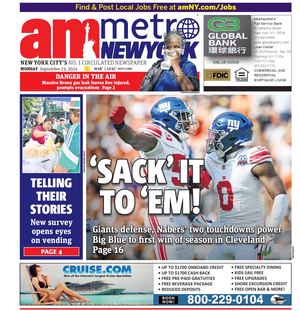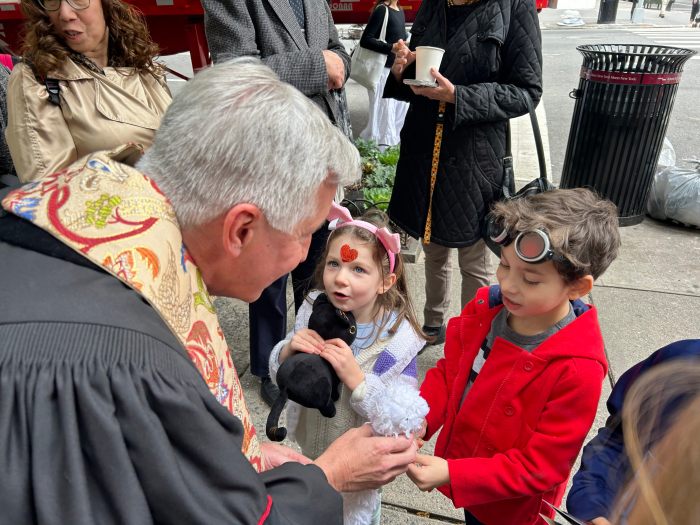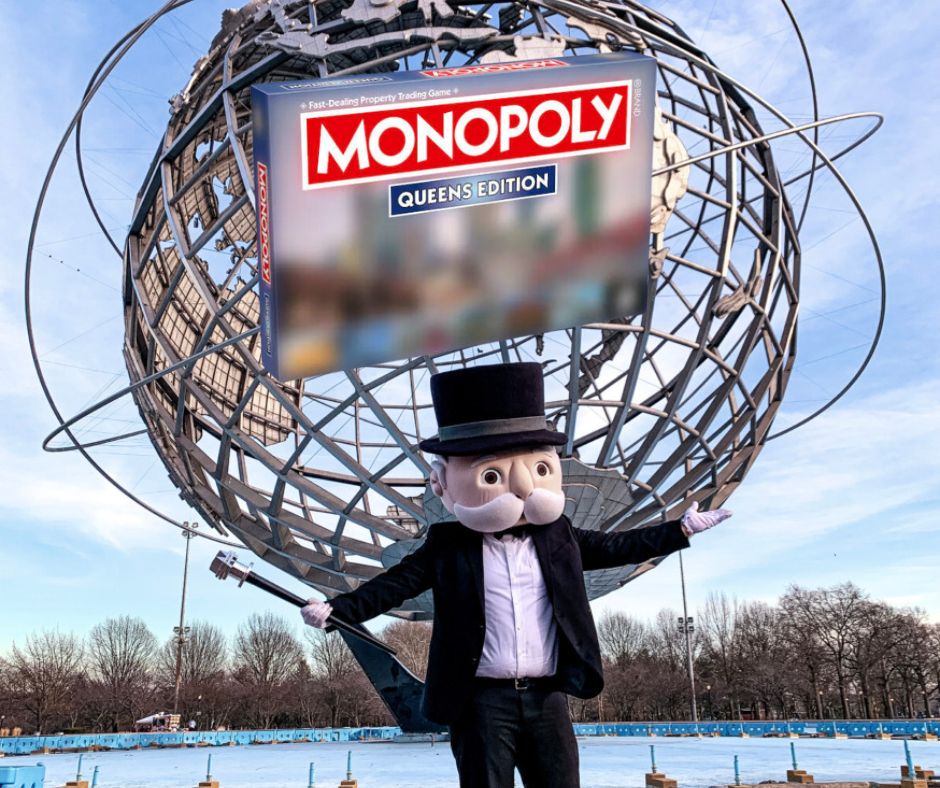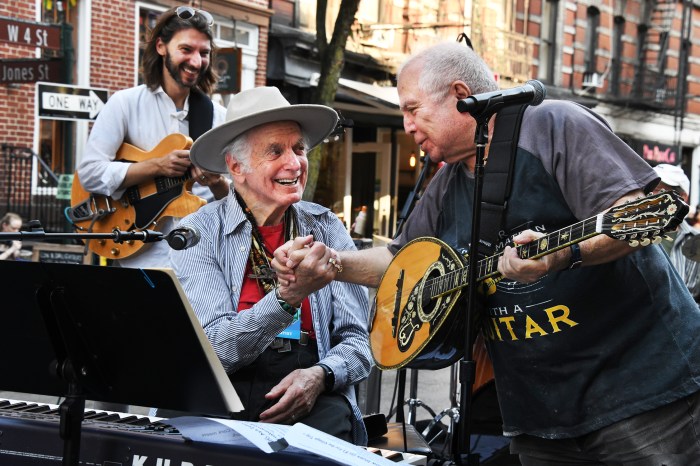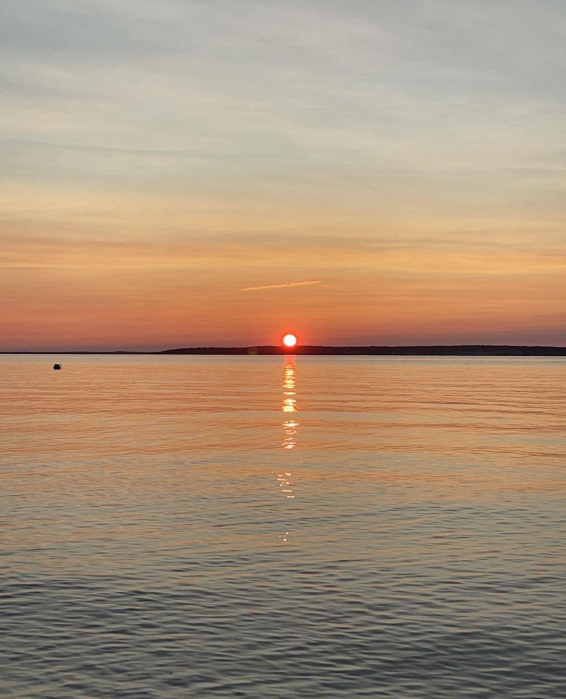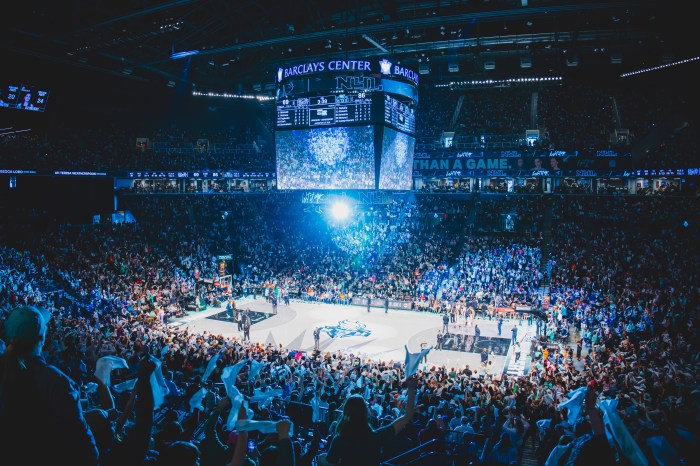By Albert Amateau
New York University’s proposal that the city Parks Department take over two city-owned green strips on the east and west sides of the university’s northern superblock provoked conflicting responses from elected officials and Village civic associations.
The university announced at a Sept. 15 news conference that it would modify its original proposal to acquire the strips along Mercer St. and LaGuardia Place between W. Third and Bleecker Sts. and support a Parks Department takeover from the city Department of Transportation.
But the university wants easements that would allow access across the strips and permit construction beneath them in conjunction with the long-term NYU 2031 redevelopment plan for its two superblocks.
Critics focused on two main issues: the easements and the fact that N.Y.U. did not confer with Community Board 2 about its new plans.
Community Board 2 last week rejected the proposal saying, “The easements would allow for long-term, temporary closing of the two park strips.”
The board also wanted an evaluation of legal issues pertaining to the transfer of the strips and the granting of easements across them. The board resolution also finds fault with the orientation of the two strips.
“While publicly accessible, all the new open space included in the proposal would be inward-facing with a university campus look and feel, not befitting the character of the community,” the resolution says.
Regarding the process, the resolution complains that N.Y.U. did not work with C.B. 2 on developing the plan or even talk to the board about it, “although they did consult with other advocacy organizations.”
The resolution added, “[The] C.B. 2 board admonished N.Y.U. for not discussing the issue prior to its announcement to the media, which could be interpreted as a cynical attempt to manipulate the wider public.”
The resolution urged the university to work with the community on strategies to transfer a total of four park strips on its two superblocks to the Parks Department to preserve them as a much-used and cherished public open space.
Councilmember Margaret Chin’s Office said, “While the councilmember appreciates that N.Y.U. has been listening to what the community has set as priorities, she still feels there is a lot to talk about and will meet with the university, community board and affected community groups as the process unfolds.”
State Senator Tom Duane said this week that he thought N.Y.U. showed bad faith making its decision without engaging the community board.
“Negotiating by press release is a terrible idea,” Duane said.
He also suggested that there is no guarantee that the public would have access to the park strips in the foreseeable future because of construction.
Alicia Hurley, N.Y.U. vice president for government relations and community engagement, replied that she was disappointed with the “fixation” on process over substance.
“We’re proposing to make the strips parkland. That’s a good thing,” she said. “It’s hard for us not to notice the lack of civility with which we are treated when we do go before the community board. We understand that, to some extent, it comes with the territory, but that doesn’t make it right and it doesn’t seem especially productive,” Hurley said.
Lawrence Goldberg, president of Friends of LaGuardia Place, said, “I’m anxious for the strips to be part of the Parks Department, but I find the current proposal with a requirement for access easements to be unacceptable because it would result in the ultimate destruction of the park.”
Alyson Beha, of New Yorkers for Parks, a citywide parks advocacy group, said N.Y.U. has been consulting with the organization on the Mercer St. strip.
“Our priority is to ensure that there is no alienation of park land,” she said.
Although the strips have been the responsibility of the city Department of Transportation, they have been used as park space for many years. The group wants to make sure that N.Y.U. reaches a binding neighborhood maintenance agreement for the strips, Beha said. “Alienation,” in terms of park property, means removing it from city ownership or public use.
Andrew Berman, executive director of the Greenwich Village Society for Historic Preservation, called the N.Y.U. proposal a “sham parks plan.”
He said the easements would allow N.Y.U. to build under the parks, dig through them to the underground space at any time and to use the strips for construction staging.
“By N.Y.U.’s own admission, these parks would be closed to the public for years at a time,” said Berman. The G.V.S.H.P. director is a longtime critic of the NYU 2031 plan to add 2.5 million square feet of development to its two superblocks, bounded by LaGuardia Place and Mercer, Houston and W. Third Sts.
In a letter to local and city officials, Berman urged that the university’s expansion plans not be approved.
The Community Action Alliance on NYU 2031, headed by Terri Cude and Martin Tessler, was equally critical.
“The easements mean that our parkland will be destroyed since you cannot build beneath without removing everything on top,” the alliance response says. Mature trees, parkland, play space and open green areas would give way to “construction sites, diesel fumes, dirt, noise, vermin and all that goes with them,” the alliance says.
The alliance also wants two other strips to become Parks property: the one that includes the dog run at Mercer and Houston Sts. on the southern superblock, and the other along Mercer St. between W. Third and W. Fourth Sts., just north of the north superblock, where the university built its cogeneration plant underground.
